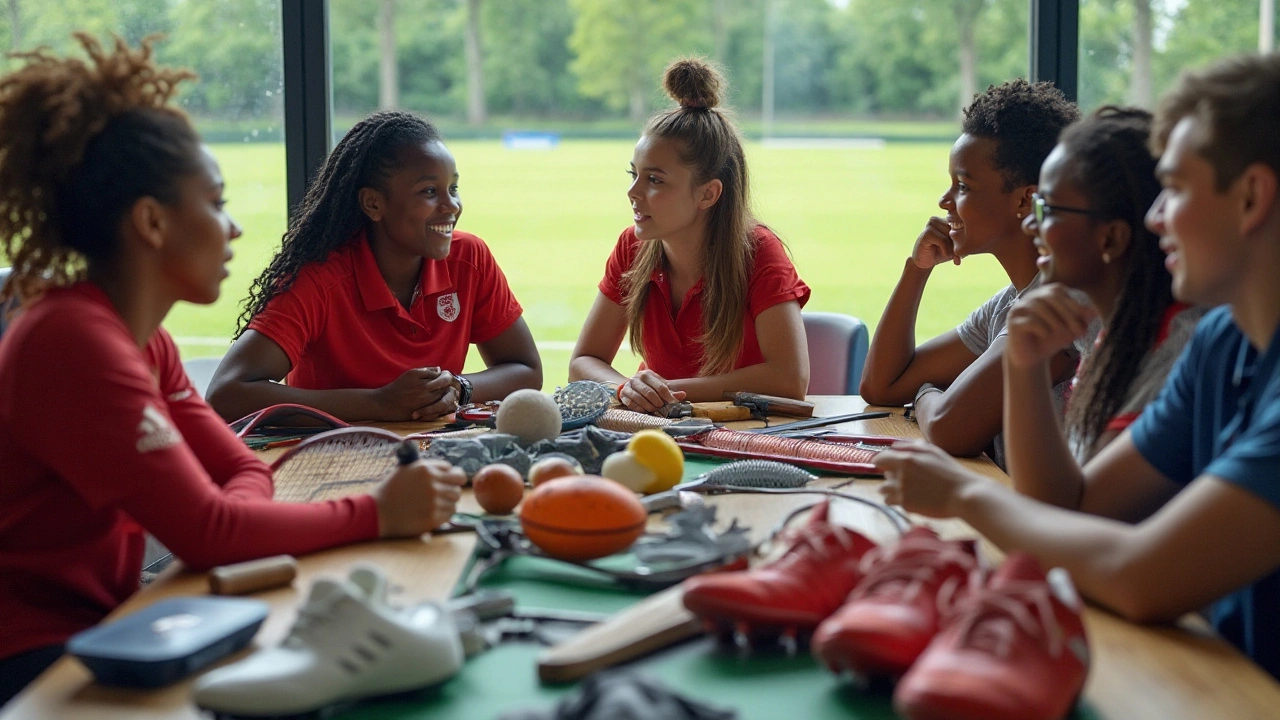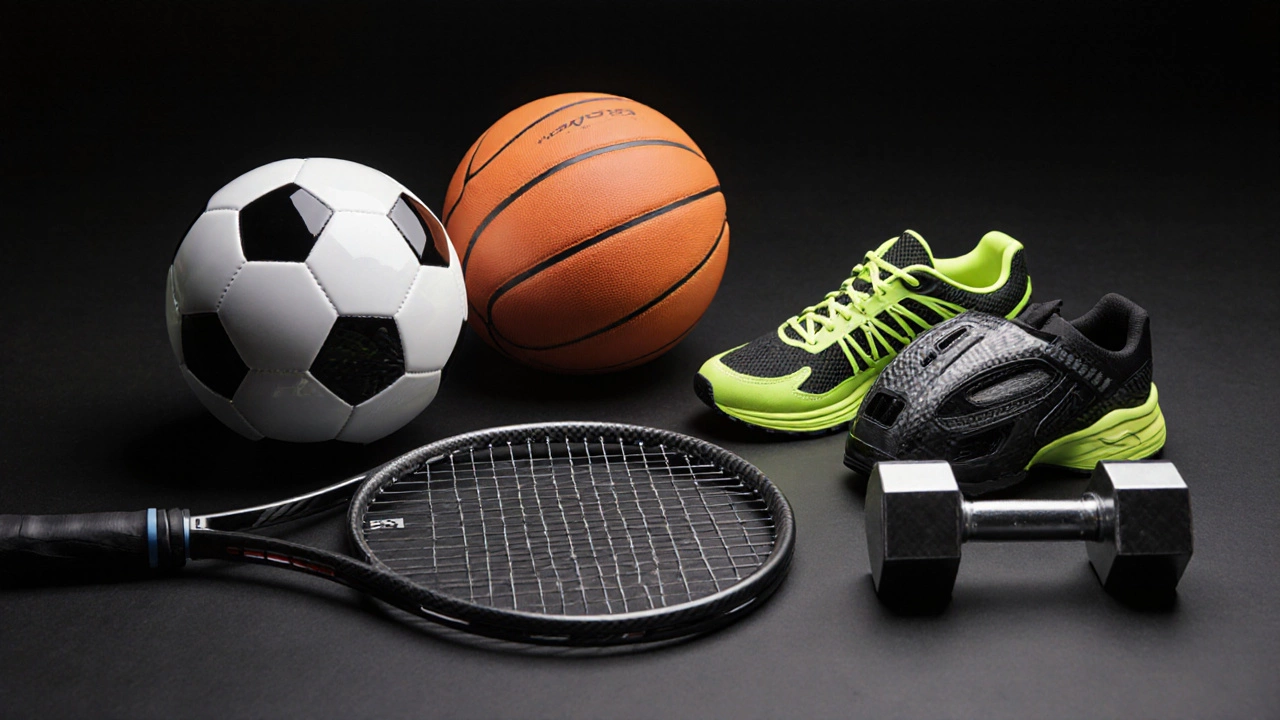
Sports Gear: Your Go‑to Guide for Choosing and Caring for Equipment
Whether you’re hitting the gym, the track or the pitch, the right gear can make the difference between a great session and a frustrating one. But with endless options, how do you know what actually works for you? Below you’ll find straight‑forward advice on picking the perfect gear and keeping it ready for action.
How to Pick the Right Gear for Your Sport
First off, think about the activity’s demands. A runner needs lightweight, breathable shoes; a weight‑lifter needs solid, supportive footwear; a cyclist looks for stiff soles and aerodynamics. Check the product’s specifications – look for terms like "cushioning," "arch support," "ventilation," or "impact protection". These clues tell you whether the item matches your needs.
Second, fit matters more than brand hype. Try the gear on whenever you can. Walk around the store, jump, squat or swing a bat. If anything feels tight, slips, or creates pressure points, move on. Comfort = performance.
Third, set a realistic budget. High‑price tags often mean better materials, but you don’t need the most expensive model to get results. Identify the essential features for your sport and look for mid‑range options that deliver them. Sales, outlet sections, or last‑season models can offer great value.
Finally, read real‑world reviews. Look for feedback from athletes who actually use the product, not just marketing copy. Pay attention to comments about durability, sizing consistency, and how the gear performed under intense conditions.
Keeping Your Gear Ready: Simple Maintenance Hacks
Buying good gear is only half the battle. Proper upkeep extends its life and keeps you safe. For shoes, brush off dirt after each use and let them air dry – never toss them in the dryer. A quick spray of leather conditioner every few months restores softness for leather boots.
Clothing made from technical fabrics needs gentle care. Wash inside‑out on a cold cycle, skip fabric softeners and use a mild detergent. This preserves moisture‑wicking properties and prevents stiffening.
Equipment like tennis rackets, golf clubs or hockey sticks benefit from regular cleaning. Wipe down frames with a damp cloth, check for cracks, and tighten any loose bolts. For metal gear, a light oil coat prevents rust.Traveling with gear can be a headache. Pack items in sturdy bags, wrap delicate pieces in clothing, and know airline rules – most airlines allow sports equipment but may charge extra for oversized items. Knowing the limits saves you surprise fees at the airport.
Lastly, schedule a quick inspection monthly. Look for wear on soles, frayed stitching, or cracked plastic. Spot‑fixes are cheap; replacing a whole set after a year of neglect costs far more.
With these buying and maintenance basics, you’ll spend less time worrying about gear and more time enjoying the sport you love. Got a specific item you’re unsure about? Drop a comment and we’ll help you sort it out.

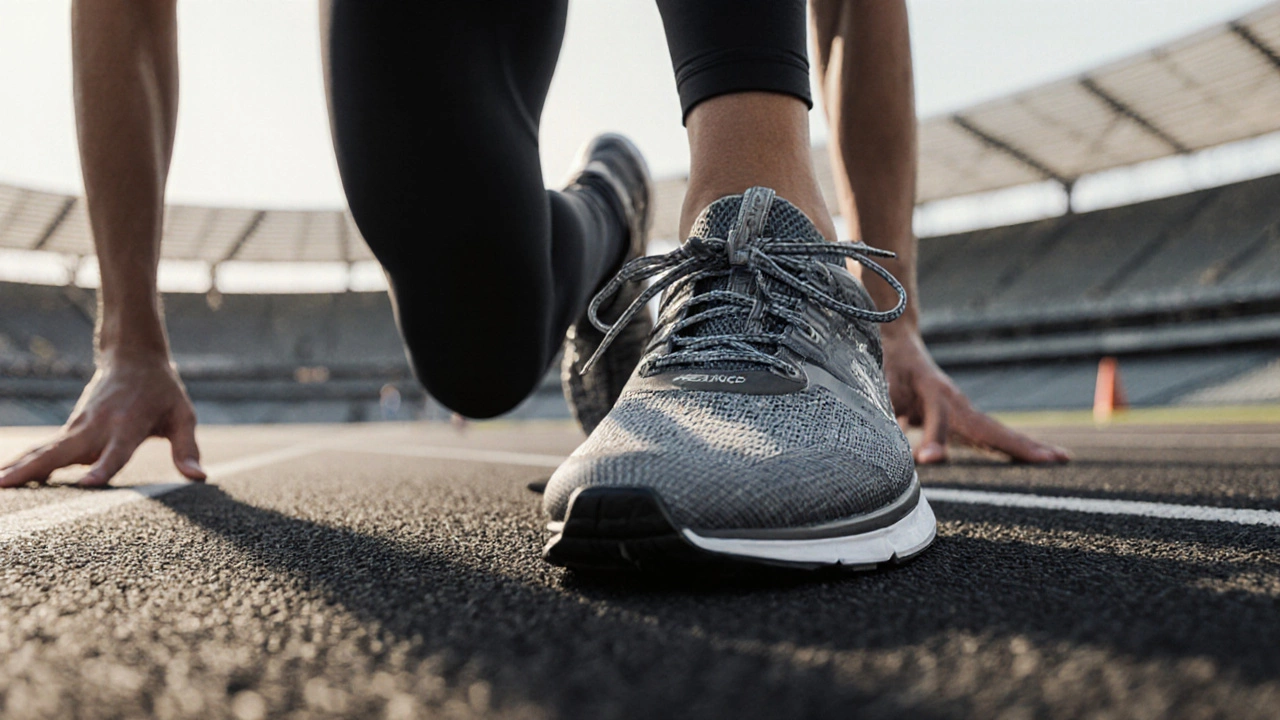
Why Sports Gear Matters: Boost Performance, Stay Safe, and Save Money
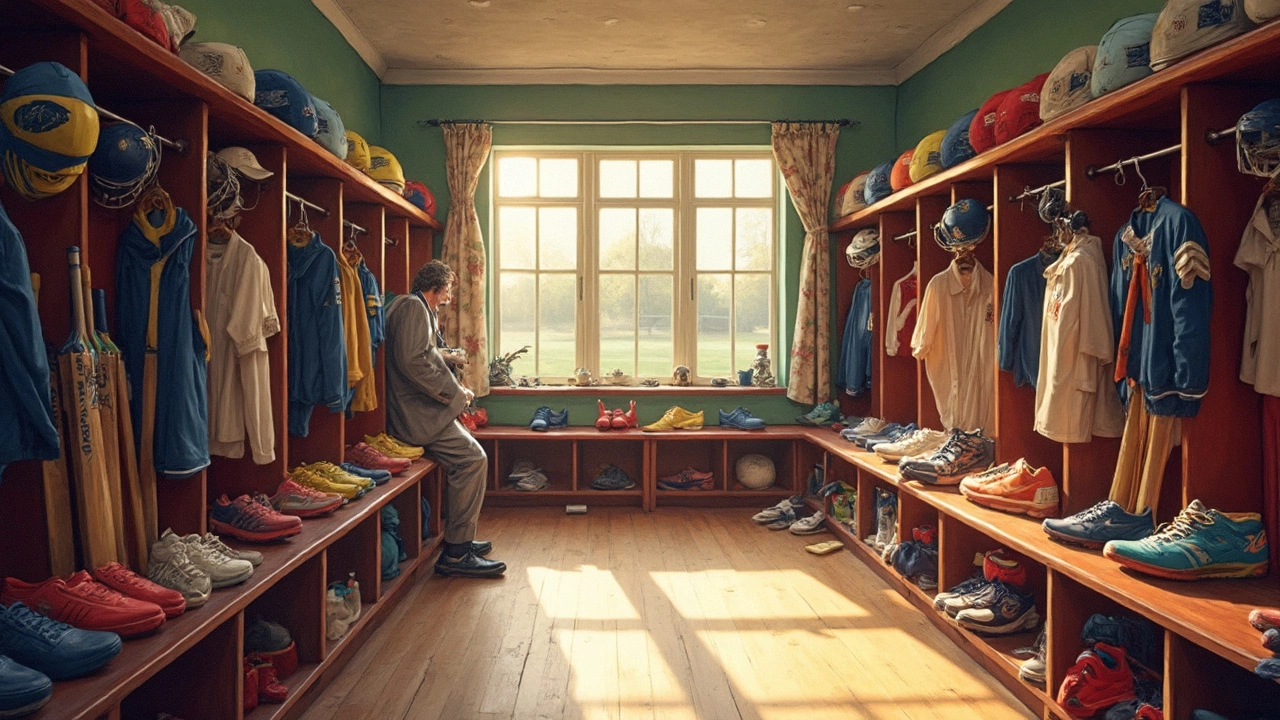
Must-Have Gear for Every Sport
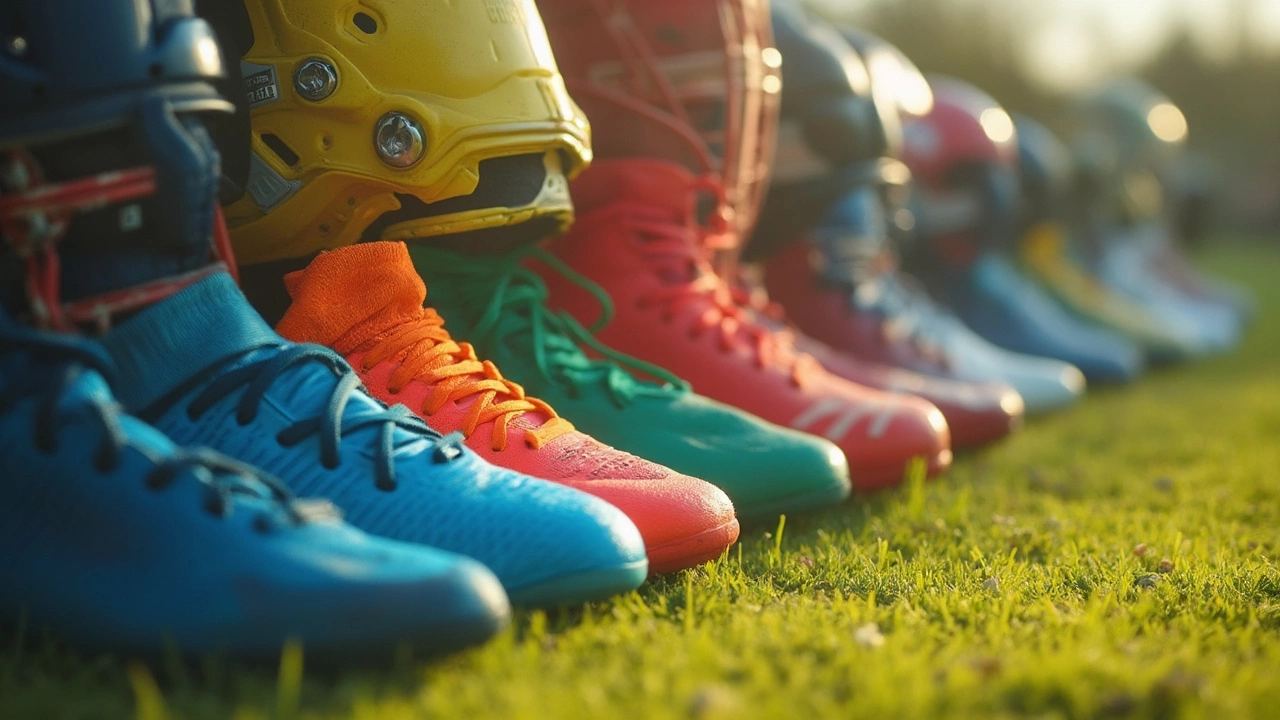
Essential Gear You Need for Sports Success

Alternative Names for Sports Equipment: Enhance Your Sports Lingo
